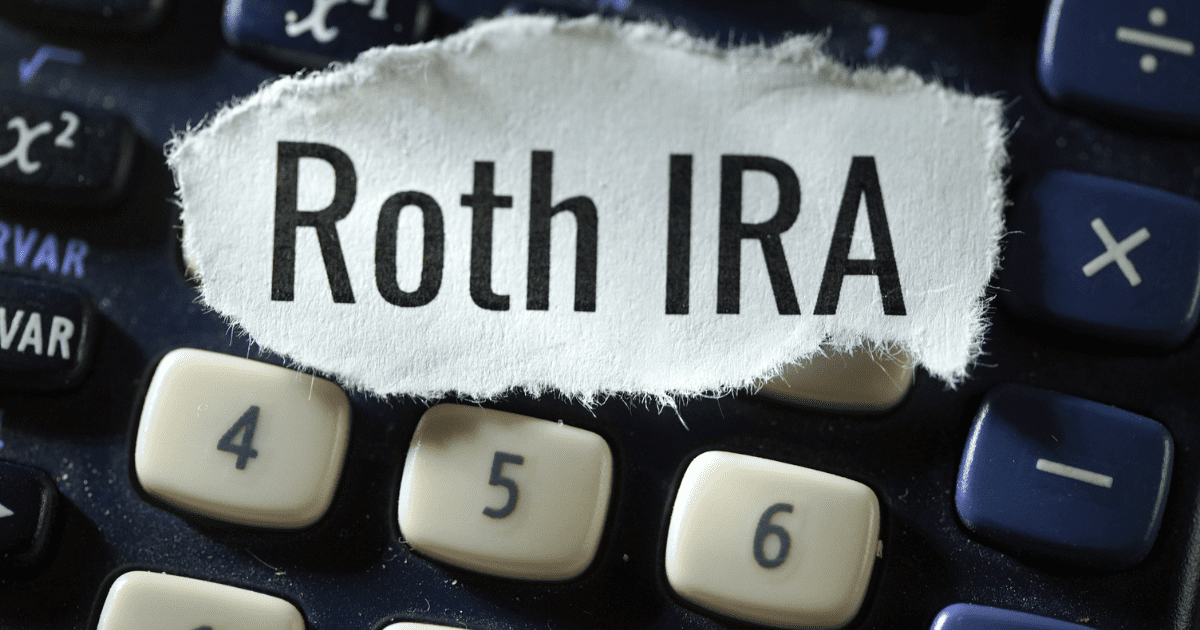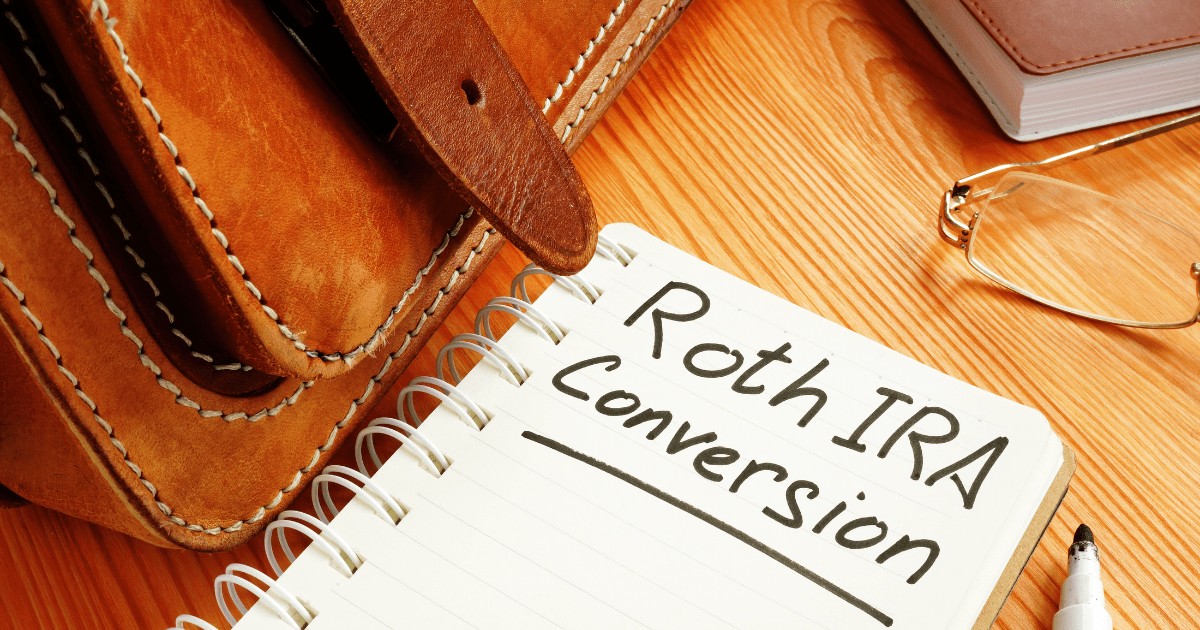
What is a Roth IRA?
Have you ever wondered if you’re saving enough for retirement? It seems like every time I ponder my financial future, I end up in a spiral of questions about the best ways to save and invest. That’s when I stumbled upon the concept of a Roth IRA, an intriguing retirement saving option that promises some unique benefits.
A Roth IRA, simply put, is an individual retirement account that offers tax-free growth and tax-free withdrawals in retirement. Unlike a traditional IRA, where you might get a tax deduction upfront when you contribute, a Roth IRA is funded with after-tax dollars. This means you won’t owe any taxes on the money when you retire and start taking distributions. Imagine that, a portion of your nest egg growing tax-free—it’s truly a compelling prospect!
Understanding the Basics
To get a better handle on Roth IRAs, let’s break down some of their foundational elements:
| Feature | Traditional IRA | Roth IRA |
|---|---|---|
| Tax Deduction | Yes, on contributions | No |
| Tax on Withdrawals | Yes | No |
| Income Limits for Contributions | No | Yes |
| Required Minimum Distributions (RMDs) | Yes | No |
| Age Limit for Contributions | Yes | No |
As you can see, the Roth IRA offers several advantages, particularly in terms of tax treatment post-retirement. It’s essential to consider these differences when deciding if a Roth IRA aligns with your financial goals.
Advantages of a Roth IRA

One of the most significant advantages of a Roth IRA is tax-free growth. This goes beyond mere tax deferral, providing a completely tax-free income source in retirement once you meet certain conditions. But the benefits don’t stop there. Roth IRAs also allow you to contribute post-tax dollars, which can be advantageous if you expect to be in a higher tax bracket in the future.
Moreover, Roth IRAs do not have required minimum distributions (RMDs) during the owner’s lifetime, allowing the account to grow indefinitely. This can be especially beneficial if you’re planning to leave funds to your heirs, offering them a tax-free inheritance. The flexibility to withdraw contributions (not earnings) at any time without penalties adds another layer of convenience.
“The question isn’t at what age I want to retire, it’s at what income.” – George Foreman
Who Can Benefit Most from a Roth IRA?
The benefits of a Roth IRA may sound irresistible, but they shine brightest in certain scenarios. If you expect your tax rate in retirement to be higher than your current rate, a Roth IRA is ideal for you, as you pay taxes on contributions now at a lower rate. Younger individuals, particularly those just starting their careers, are often excellent candidates for Roth IRAs, as they may currently be in a lower tax bracket.
Imagine you’re a young professional, just starting to climb the corporate ladder. As your career progresses, so likely will your salary and your tax bracket. Contributions to a Roth IRA allow you to pay taxes now at a lower rate, then enjoy tax-free withdrawals in retirement—exactly when you might need it most.
Steps to Opening a Roth IRA

Setting up a Roth IRA might seem daunting, but it’s more straightforward than you might think. Here’s how you can go about it:
1- Research and select a financial institution that offers Roth IRAs. This could be a bank, credit union, or brokerage.
2- Open an account with your chosen institution. You will typically need to provide identification, personal information, and a method for funding the account.
3- Decide how much you want to contribute each year, keeping in mind the IRS limits.
4- Choose your investments. Roth IRAs offer numerous options, including stocks, bonds, mutual funds, and ETFs.
Investment Strategies within a Roth IRA
Once you have a Roth IRA, what should you invest in? This heavily depends on your risk tolerance and retirement timeline. Stocks are often favorable for long-term growth but carry higher risks. If you’re closer to retirement or prefer a stable, guaranteed return, bonds may be more suitable.
Diversification is the key to a robust investment strategy. Allocating your funds across various asset classes can mitigate risks and lead to more consistent returns. Many choose mutual funds or index funds, which provide built-in diversification and can simplify your investing approach.
Potential Drawbacks of a Roth IRA
While the Roth IRA offers numerous benefits, it isn’t without its limitations. The most significant drawback is the contribution limit, which may not be sufficient for those looking to make substantial retirement savings. Additionally, there are income limits that could disqualify higher earners from using a Roth IRA directly.
It’s also worth noting that since contributions are made with after-tax dollars, those who prefer to benefit from immediate tax deductions might favor a traditional IRA instead. Understanding these limitations is crucial before making a decision.
Common Mistakes with Roth IRAs
When dealing with Roth IRAs, it’s easy to make errors that could cost you. One common mistake is exceeding the contribution limit, which can result in penalties. Also, withdrawing earnings before the age of 59½ or before the account is five years old may lead to penalties and taxes.
Failing to diversify investments in the Roth IRA is another usual mistake. It’s essential to ensure your investments align with your overall retirement strategy and risk tolerance. Finally, neglecting to contribute consistently over the years can significantly undermine the compound growth potential of a Roth IRA.
FAQ – Common Questions
Who qualifies for a Roth IRA?
Anyone with earned income below IRS limits, which are subject to change annually, can contribute to a Roth IRA.
Can I have a Roth IRA and a 401(k)?
Yes, you can contribute to both a Roth IRA and a 401(k), which can help diversify your retirement income sources.
Are contributions to a Roth IRA tax-deductible?
No, contributions are made with after-tax dollars and are not tax-deductible.
What happens if I exceed the contribution limit?
Excess contributions may incur a 6% penalty tax each year they remain in the account.
How does a backdoor Roth IRA work?
A backdoor Roth IRA allows high-income earners to convert a traditional IRA to a Roth IRA, bypassing the income limits.
Conclusion
Reflecting on the journey to understand Roth IRAs, it’s evident that they can be a valuable part of a balanced retirement strategy, especially for younger individuals or those expecting to be in a higher tax bracket upon retirement. While there are hurdles like contribution limits and eligibility criteria, many find the tax-free growth and withdrawal benefits too good to pass up. If a Roth IRA fits your profile and long-term goals, it could be a powerful tool in securing your financial future.












